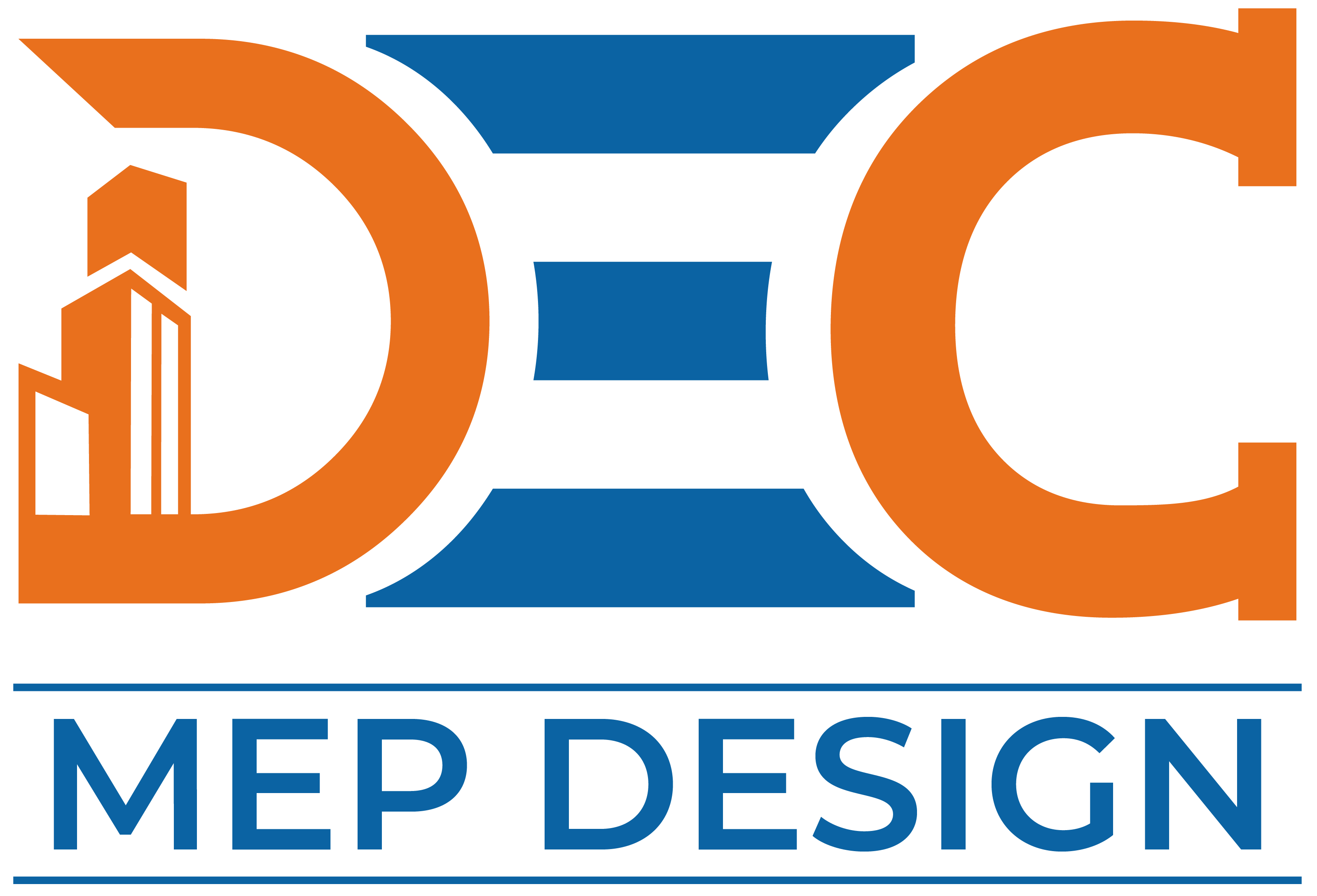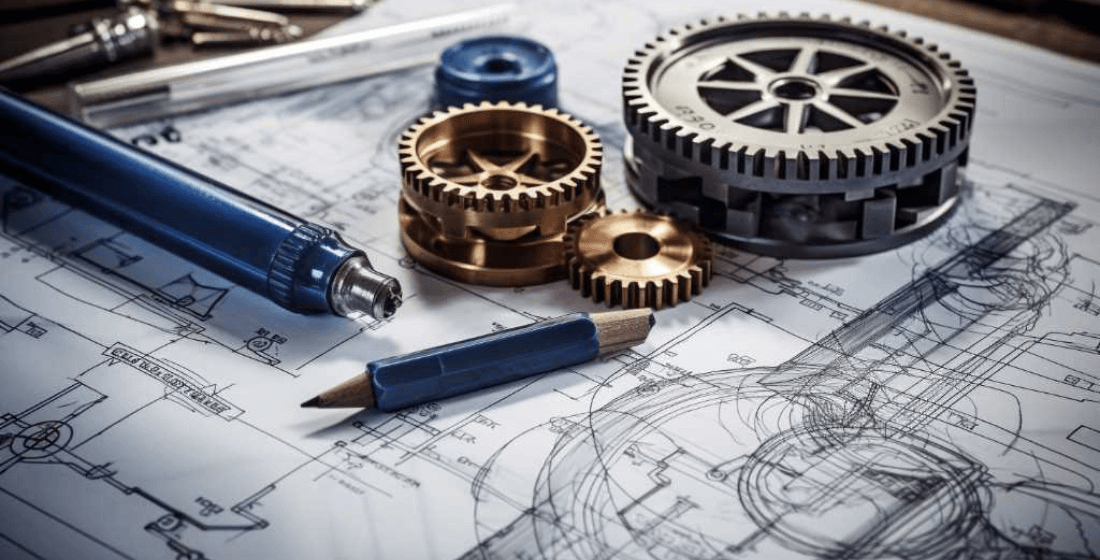Cost-Effective Engineering
In today’s competitive era, companies in all sectors are looking for ways to reduce costs in design engineering without sacrificing quality. One area where cost reduction can make the biggest difference to a company’s bottom line is engineering design. Simplifying engineering design is an effective means of reducing costs, improving efficiency, and improving product quality. In this blog, we will explain how simplifying engineering design can lead to cost savings, how to simplify it, and what the benefits of taking the simplified path are.
Why Reducing Engineering Design Lowers Costs
1. Reduces Material Costs:
One of the most straightforward methods of reducing costs in engineering design is minimizing the use of materials. Designs that are simplified tend to use fewer or smaller pieces, meaning that there is less material to pay for. By eliminating their own complexity, engineers can maximize the use of materials without compromising final product standards.
2. Reduces Manufacturing Complexity:
The degree of complexity of a design is typically equal to the degree of complexity of the manufacturing process. Sophisticated designs will have more sophisticated manufacturing processes, which are longer and more costly to produce. Decreasing the degree of complexity in the design simplifies production, reduces the time and effort needed to put the components together, and eliminates errors that cost rework.
3. Time to Market Faster:
A simpler design will be quicker to prototype and test. By stripping away the unnecessary and focusing on the core functionality, businesses can make the design and development process simpler. This means that products can be brought to market earlier, which can be a massive benefit in businesses where speed is a key competitive advantage.
4. Lower Maintenance Cost:
Complicated products fail and are more maintenance-intensive over their life cycle. Simplifying the design usually implies fewer potential failure points and less continuous need for maintenance and repair. This implies cost savings in the long term, particularly for companies offering after-sales service or maintenance.
Methods to Optimize Engineering Design
1. Modular Design
One of the most effective ways of minimizing engineering designs is to use modular design principles. By decomposing a product into smaller, standardized modules, designers can use interchangeable parts that can be reused in other products. This makes design easier, lowers material costs, and can minimize manufacturing and assembly.
2. Utilization of Sophisticated Simulation Tools
New computer-aided design (CAD) and simulation software allow engineers to model and optimize designs before the actual physical prototype creation. The technology allows engineers to detect potential design errors early enough so that they can be corrected without the cost of rework. Simulation can also allow engineers to test different material choices or manufacturing processes that can save money without sacrificing performance.
3. Design for Assembly (DFA)
Assembly-oriented design is a design approach that will reduce the number of parts and simplify the assembly process. This could be in the form of snap-fit connectors or the elimination of fasteners and screws with simpler joining methods. A simple assembly design can reduce labor and streamline manufacturing.
4. Standardization of Parts
The use of common parts is also a way of minimizing designs and cutting costs. Instead of producing unique parts for every product, engineers are able to use commercially available and pre-tested parts whose specifications are adequate enough to meet the given requirements. This obviates the need for special tooling and single-piece manufacturing processes, both of which can be time- and cost-consuming.
5. Collaborate with Suppliers
Suppliers also play a crucial role in the design and manufacturing process. By involving suppliers in the design process early on, companies can identify cost-saving initiatives, such as manufacturing improvements or material alternatives. This may result in designs that are not only less complicated but also less expensive.
Benefits of Effective Engineering Design
1. Increased Profit Margins
The most direct advantage of simplifying engineering design is to have a direct influence on profit margins. With lower material, labor, and manufacturing costs, corporations can push profitability to its limits without sacrificing competitiveness in pricing. This is especially true in thin-margin industries where each cost-cutting innovation can be a major contributor.
2. Better Product Quality
Simplification has the effect of enhancing product quality. Simplified design eliminates the risk of manufacturing defects or quality control problems, creating products that are more durable and reliable. With fewer parts and less complicated processes, less can go awry during manufacturing, which means fewer product recalls and customer complaints.
3. Greater Flexibility and Scalability
Simplified designs are more adaptable and simpler to scale. A simplified and optimized product design is easier to modify to meet new requirements or move into new markets. This adaptability can make companies more competitive since they can more easily adjust to evolving market demands.
4. Better Sustainability
Reducing waste of materials and optimizing production processes also contribute to making it sustainable. A design that reduces the consumption of resources and generates less waste can reduce the environmental footprint of the product. This is a concern for businesses that must be in compliance with sustainability goals or appeal to environmentally conscious consumers.
Conclusion:
Streamlining engineering design is a powerful way to reduce costs and enhance efficiency. By adopting ideas such as modular design, DFA, and the use of simulation tools, businesses can reduce material, labor, and manufacturing costs. Streamlined designs also offer benefits beyond cost savings, such as enhanced product quality, reduced time to market, and greater flexibility. Streamlining engineering design is no longer a choice in today’s competitive market—it’s a necessity for businesses to stay competitive and thrive. Whether you’re creating a new product or refining an existing one, simplicity can yield long-term profitability and success.
A streamlined design reduces costs, enhances efficiency, and ensures long-term success.
How to Simplify Engineering Design for Cost-Effective Solutions
- Identify Design Complexity Issues
Assess your current design for unnecessary components or features.
Look for areas where material use, assembly, or manufacturing complexity can be minimized. - Implement Modular Design Principles
Break down products into standardized, interchangeable modules.
Use reusable components to reduce production costs and simplify maintenance. - Utilize Advanced Simulation Tools
Leverage CAD and simulation software to test and optimize designs before prototyping.
Identify material and structural weaknesses early to prevent costly revisions. - Optimize for Assembly & Manufacturing
Use Design for Assembly (DFA) methods to reduce the number of parts.
Replace complex fasteners with snap-fit connections or other simplified joining techniques. - Standardize Components & Collaborate with Suppliers
Use readily available, pre-tested parts instead of custom components.
Work closely with suppliers to identify cost-saving opportunities in materials and manufacturing. - Continuously Evaluate & Improve
Implement feedback loops from manufacturing, assembly, and end users.
Regularly refine designs to improve performance, durability, and cost-efficiency.
FAQ: Engineering Design Simplification
No! A well-optimized design enhances reliability by reducing potential failure points. Fewer components mean lower chances of defects or malfunctions.
Simplification reduces raw material use, minimizes assembly time, and lowers labor costs, resulting in significant savings in mass production.
Both! Existing designs can be re-engineered for better efficiency using modular design, DFA, and part standardization.
Industries such as automotive, aerospace, electronics, medical devices, and consumer goods gain major cost and efficiency advantages from simplified designs.
It reduces material waste, optimizes energy use in manufacturing, and creates products with longer life cycles, minimizing environmental impact.





No comment